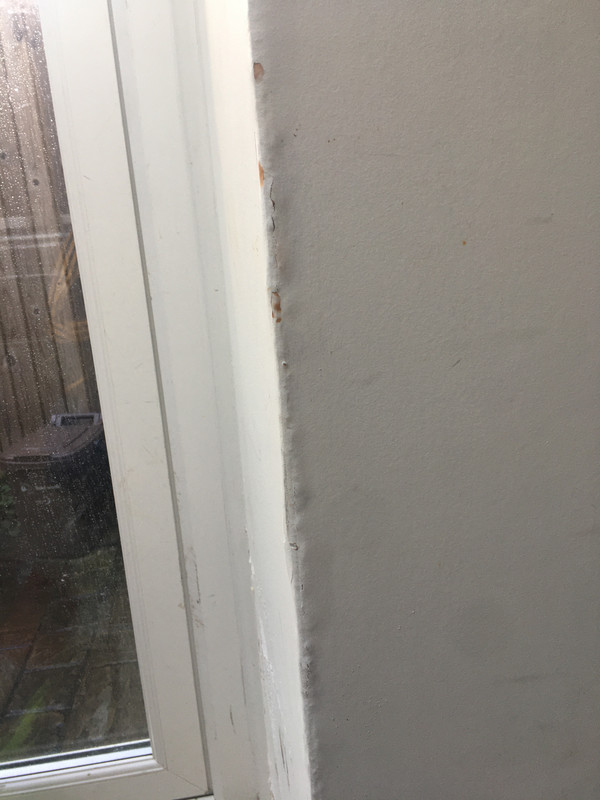Thanks all for the replies, much appreciated.
I would say the kitchen has decent ventilation and this is the only damp issue in the entire house. The rest of the kitchen has never had any damp on the walls or issues in the past. Indeed the wall the pillar is against is fine.
The house is Victorian, typical mid-terrace, but the pillar is all new, apart from maybe the external face of it. iirc it was built onto new footings as when the kitchen was being done up it was apparent the Victorian builders hadn’t bothered with foundations and the rear of the house was being held up by an outside toilet. The pillar was put in to support a steel for a new open plan bit of the kitchen.
The outside surface, all paved, is about five inches below the kitchen floor.
@twinw4ll Do you mean the other side as in outside or the other internal side of the pillar? To start, the other side internally of the pillar was worse and the angle bead hard rusted etc, but after the last attempt at a fix that is a bit better but not 100%- bit of bubbling and again the angle bead is looking rough.

